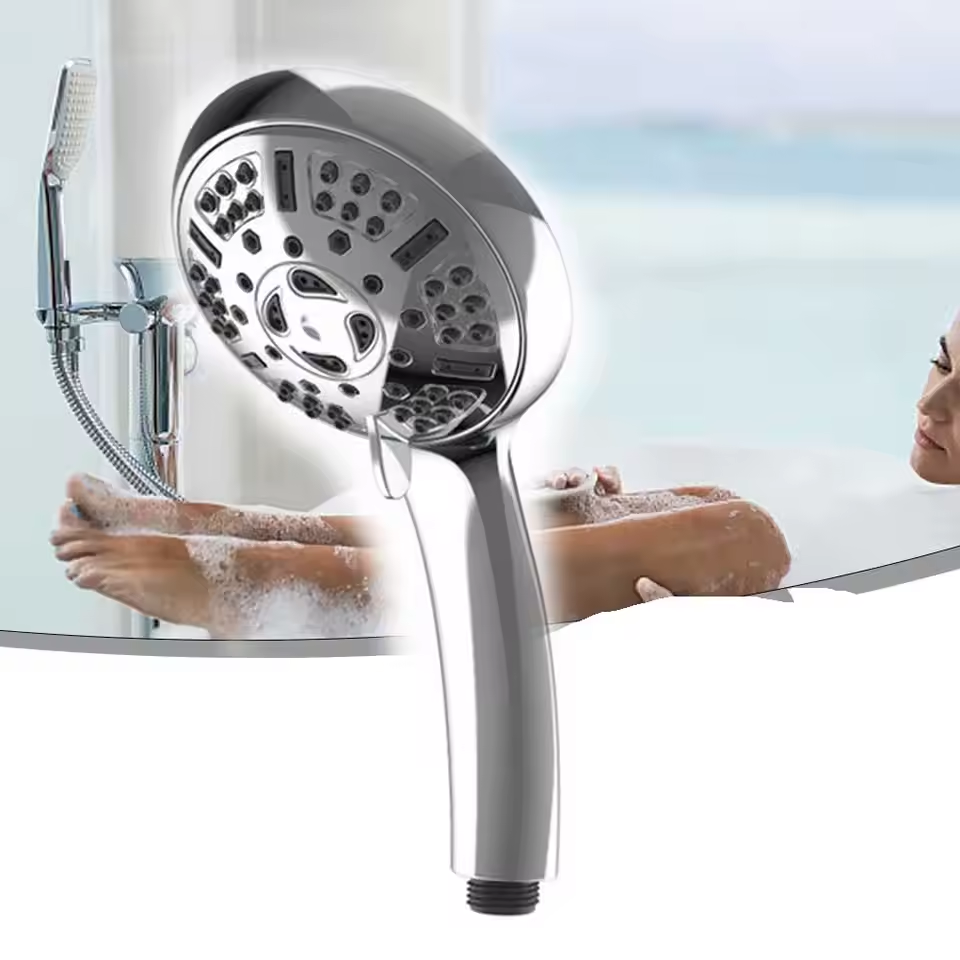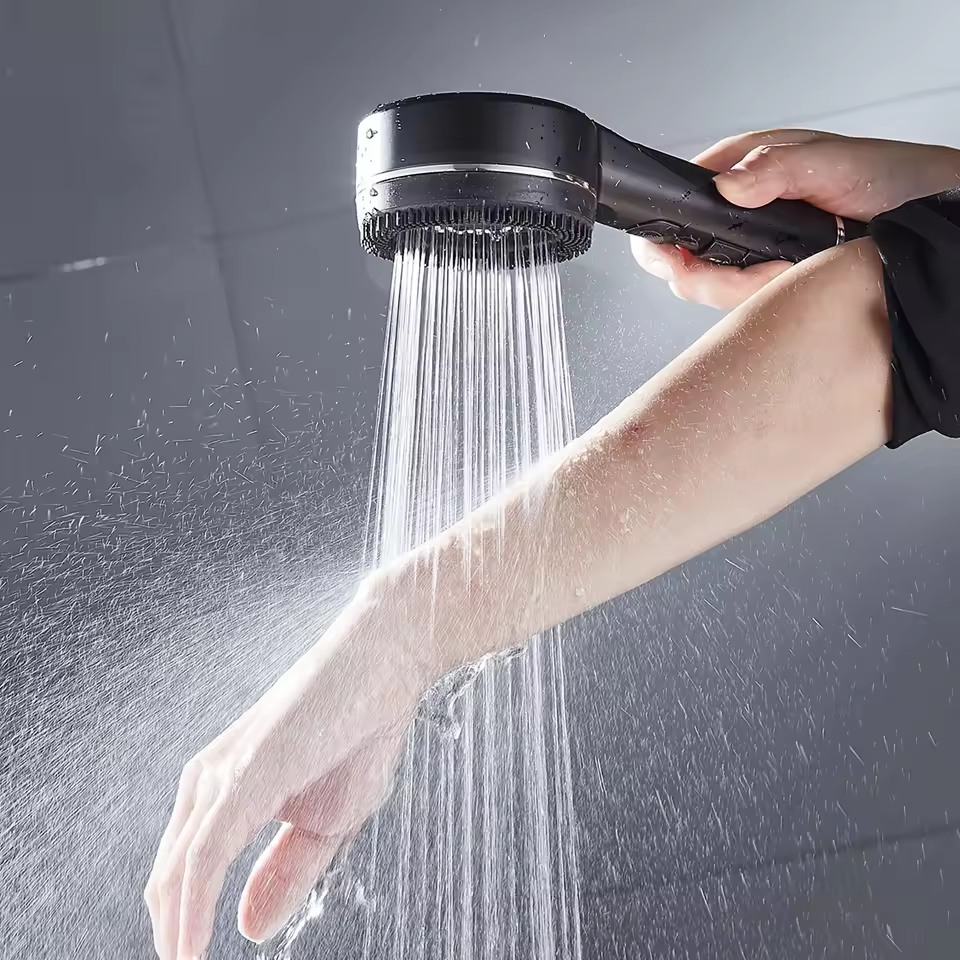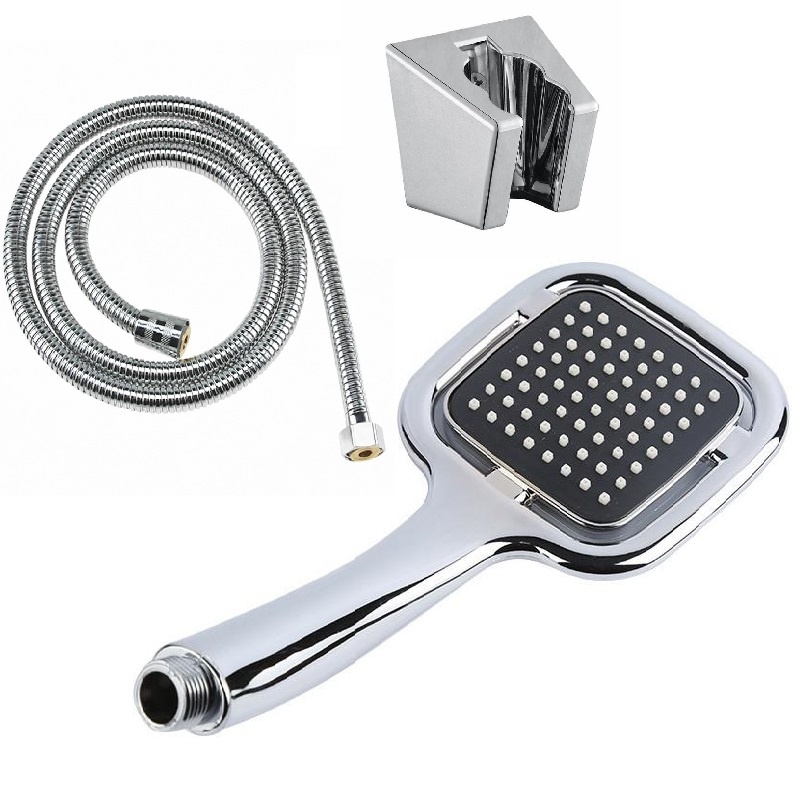The Importance of Correct Shower Head Height
Selecting the correct standard shower head height is critical for comfort and functionality. An improperly positioned shower head can lead to discomfort. It can force users to stoop or stretch unnaturally. This can result in a less enjoyable and potentially painful shower experience. For tall individuals, a low shower head can be particularly frustrating. It forces them to bend their backs or knees consistently. Conversely, a shower head that is too high may spray water over a short person’s head. This can make it hard to control the water flow and temperature.
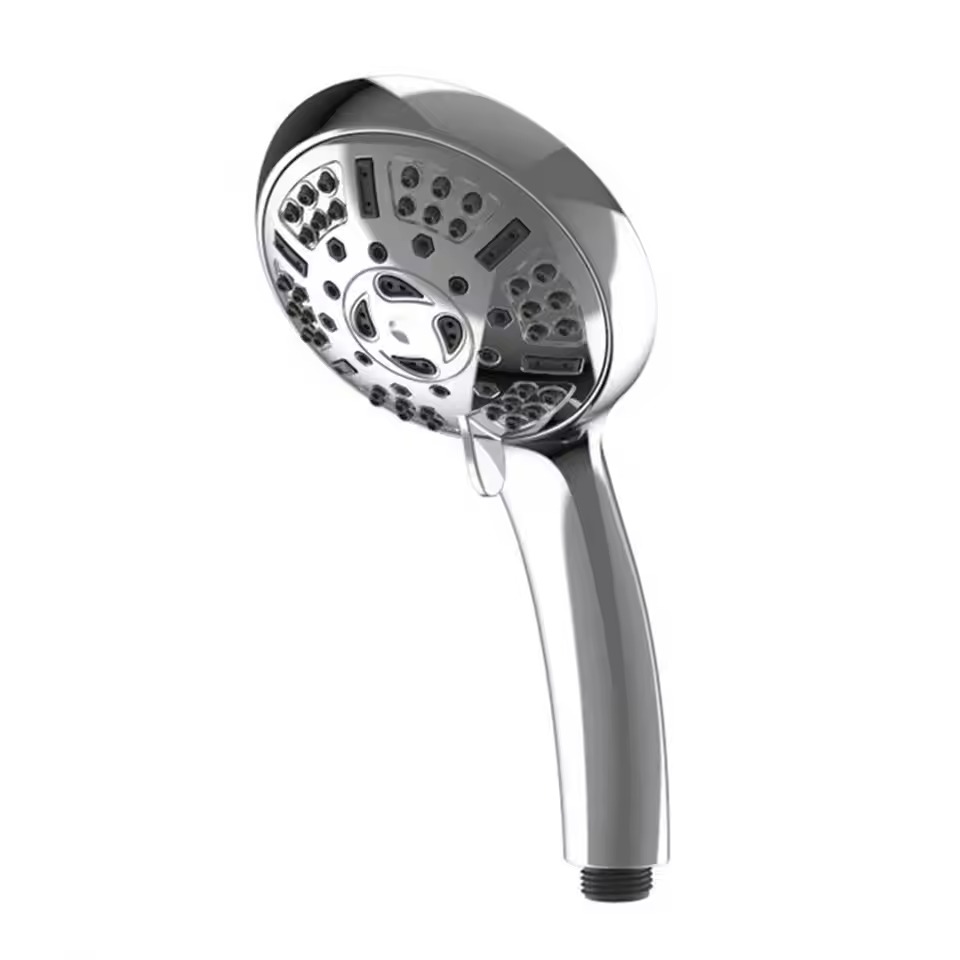
A well-set shower head height also ensures that the spray covers the body evenly. This allows for a more thorough and efficient cleaning. It helps conserve water by focusing the flow where it’s needed most. For families with varying heights, it may cause arguments or discomfort. If the shower head is fixed at a height that suits only one user, it can be inconvenient for others.
Beyond personal comfort, the correct shower head height can impact the resale value of your home. A bathroom that caters to people of all heights indicates thoughtful design. It shows prospective buyers that the space is versatile and accommodating. In short, selecting the right standard shower head height is not a minor detail. It maximizes the shower’s usability and enhances the overall bathroom experience.
Regulations and Building Codes for Shower Head Installation
When installing a shower head, it is crucial to be aware of the regulations and building codes in your area. These codes set the minimum standards for safe and proper installation. They ensure that plumbing fixtures meet health and safety requirements.
Building codes vary by region, but they generally specify a range of acceptable heights for shower heads. To find the exact regulations, check with your local building department or consult a professional plumber. They are usually familiar with the latest codes.
Following these regulations is important for several reasons. Firstly, it ensures you comply with local laws. This can prevent fines or issues during home inspections. Secondly, it guarantees the safety of the users. Proper height avoids strain and injuries. Lastly, it helps maintain the value of your property.
Before starting the installation, get a copy of the building code for your area. Make sure you understand the requirements. Always use the prescribed measurements. Working with a licensed plumber can make this process smoother and guarantee compliance. Remember, a well-installed shower head not only meets codes but also offers comfort and convenience to all users.
Average Shower Head Heights in Different Regions
Shower experiences vary around the world and standard shower head height often differs by region. While there is no one-size-fits-all solution, getting to know average heights can guide your decision. For example, in the U.S., the typical installation falls around 80 inches from the floor. This height usually works for most people. In Europe, the range might be similar, but some countries prefer slightly lower heights due to average differences in height.
In Asia, standard heights can be a bit lower. This aligns with the general population’s stature. For those in Australia, shower head heights are often comparable to European standards. Each region’s average was set with the local population in mind. It’s why regional variations are important to consider.
Adjusting shower head heights to match regional norms offers better comfort. It lets people enjoy showers without the need to stretch or crouch. Whether you’re installing a new shower or renovating, keeping regional standards in mind helps. If your home will have guests or potential buyers from all over, aim for a versatile solution. An adjustable shower head might be best in such cases.
Remember that while the averages cater to most, unique needs exist. For families with tall or short members or homes serving diverse populations, flexibility is key. An understanding of both the local standards and the needs of your family or property can ensure that everyone has a comfortable shower experience.
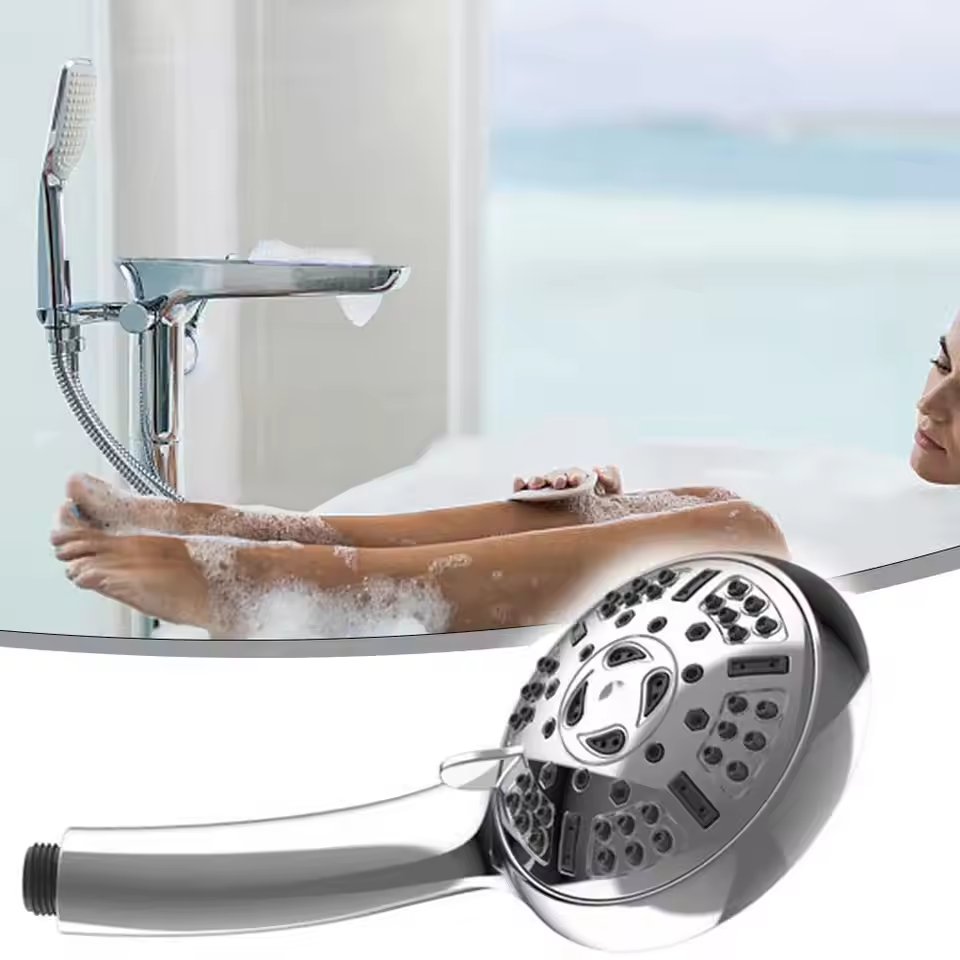
Adjustable vs. Fixed Shower Heads: Pros and Cons
When choosing the best shower setup, we often contemplate between adjustable and fixed shower heads. This decision can deeply influence the shower experience for each user. Here, we’ll explore the advantages and disadvantages of each type.
Pros of Adjustable Shower Heads:
- Flexibility: They cater to people of various heights, making showers comfortable for everyone.
- Customization: Users can adjust the spray pattern and direction for a personalized shower experience.
- Accessibility: Adjustable heads benefit children, people with disabilities, and those who need seated showers.
Cons of Adjustable Shower Heads:
- Complexity: More moving parts can lead to a higher chance of wear and tear.
- Cost: They may be more expensive than fixed models.
- Installation: They might require a more detailed installation process.
Pros of Fixed Shower Heads:
- Simplicity: With fewer parts, they are often more durable and require less maintenance.
- Cost-effective: Generally, they have a lower upfront cost.
- Aesthetic Appeal: Fixed models can offer a clean, streamlined look to your bathroom.
Cons of Fixed Shower Heads:
- Limited Reach: They may not provide the same range as adjustable heads, especially for taller or shorter users.
- One-size-fits-all: They can’t be repositioned to cater to different needs.
- Less versatility: Fixed shower heads offer limited options in terms of spray settings.
The choice between adjustable and fixed shower heads hinges on user needs and bathroom design. If your household has diverse height ranges or you seek a more tailored shower experience, an adjustable head may suit best. On the other hand, for simplicity and cost savings, a fixed shower head could be the ideal choice. Regardless, considering the standard shower head height in your region is crucial. It ensures that, whether fixed or adjustable, the shower head meets the needs of most users. Balancing these factors with your personal preferences will guide you to the perfect shower head for your bathroom.
Measuring and Marking the Right Height for Your Shower Head
Determining the right standard shower head height for your bathroom involves careful measuring and marking. To ensure comfort and proper functionality, here are the steps you need to follow:
- Identify the Primary Users: Consider who will be using the shower. Take note of the height range of these individuals.
- Choose the Right Spot: The location where you’ll install the shower head is critical. It should not interfere with existing fixtures and should be accessible to all users.
- Measure the Height: Using a tape measure, determine the height from the shower floor to where the water should ideally fall. In the U.S., 80 inches is a good starting point.
- Mark the Wall: Once you’ve measured the appropriate height, mark the spot on the shower wall using a pencil or a piece of waterproof marking tape.
- Level the Mark: Use a spirit level to ensure the mark is perfectly horizontal. This ensures the shower head will be installed straight and provide an even spray.
- Double-check Measurements: Before any installation, verify the measurements. Adjust if necessary to accommodate all users.
By following these steps, you guarantee the shower head is positioned at an ideal height, enhancing the shower’s comfort and utility. Doing this right the first time can save you from future adjustments and maximizes satisfaction with your shower system. Keep in mind that while the standard shower head height will cater to many, it may not be perfect for all. Consider an adjustable setup if your household’s needs are more varied.
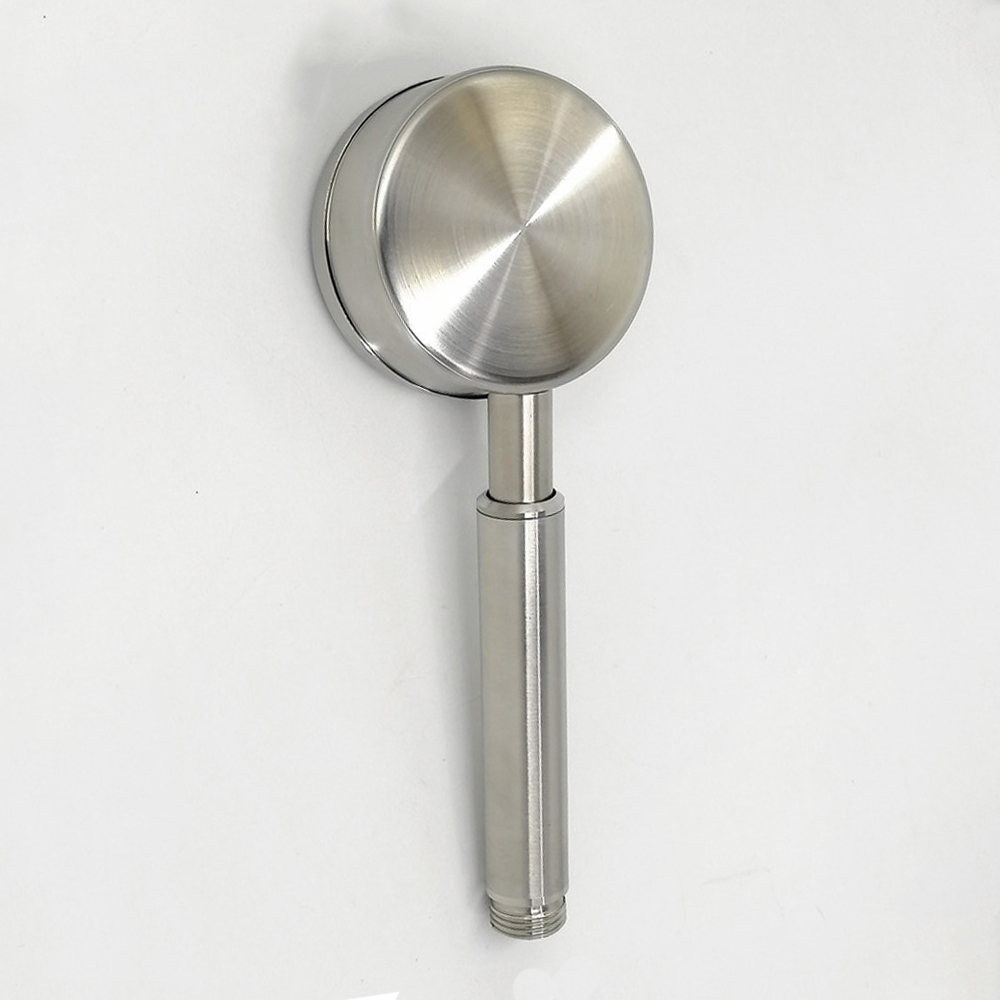
Tips for Installing Shower Heads at the Ideal Height
Installing your shower head at the ideal height is critical to the shower experience. Here are tips to help you do it right:
- Consult Local Codes: Always start by checking the building codes in your area.
- Consider the Users: Think about the height of the people who will be using the shower the most.
- Use the Right Tools: Have a tape measure, level, and pencil ready for accurate marking.
- Mark Before Drilling: Measure twice and mark once to avoid errors before installation.
- Seek Professional Help: If in doubt, hiring a plumber can ensure it’s done correctly.
- Go Adjustable If Unsure: When in doubt, choose an adjustable shower head to cater to everyone.
By taking the time to install your shower head at the ideal standard shower head height, you ensure maximum comfort for all users. Remember, these tips don’t just enhance individual experiences; they also boost your bathroom’s universal appeal.
Common Mistakes to Avoid When Setting Shower Head Height
Setting the standard shower head height incorrectly can cause a lot of problems. To help avoid common mistakes, keep the following tips in mind:
- Ignoring User Height: Don’t set the height based solely on averages. Consider the tallest and shortest users in your household.
- Forgetting Adjustability: If users vary greatly in height, an adjustable shower head may be necessary. Don’t lock into a fixed position without considering this.
- Overlooking Building Codes: Always check local codes before installation to avoid future legal issues.
- Improper Measurement: Be precise with measurements to ensure comfort. Measure twice, drill once.
- Skipping the Level: Use a spirit level to ensure your marking is horizontal. An uneven shower head will cause uneven spray.
- Choosing Style Over Function: Aesthetic is important, but not at the expense of functionality. Pick a shower head that looks good and meets height requirements.
- DIY Without Knowledge: If you’re unsure about the installation process, it’s better to hire a professional.
By dodging these pitfalls, you install a shower head that’s both effective and comfortable for all users. Remember to incorporate the standard shower head height into your planning for the best results.
Maximizing Comfort and Usability in Shower Design
When finalizing the design of a bathroom, shower comfort and usability are top priorities. To maximize both, here are key considerations:
- Opt for Ergonomics: The controls and shower head should be within easy reach for all users. This prevents the need for uncomfortable stretching or bending.
- Select Appropriate Materials: Choose non-slip flooring and handles for safety and durability.
- Enhance with Features: Include shelves and hooks at reachable heights for convenience.
- Think Long-Term: Consider how changes in mobility might impact shower use in the future. Features like a handheld shower head can add flexibility.
- Maintain a Clear Space: Ensure the shower area is spacious enough to move comfortably, without obstacles.
- Provide Good Lighting: Proper lighting is crucial in a shower for both safety and ambiance.
- Focus on Height Variability: If possible, include height-adjustable fixtures to serve people of all sizes.
Careful planning around the standard shower head height and design can create a shower space that blends comfort, safety, and style. Aim for a shower that will cater to the needs and preferences of all potential users.
